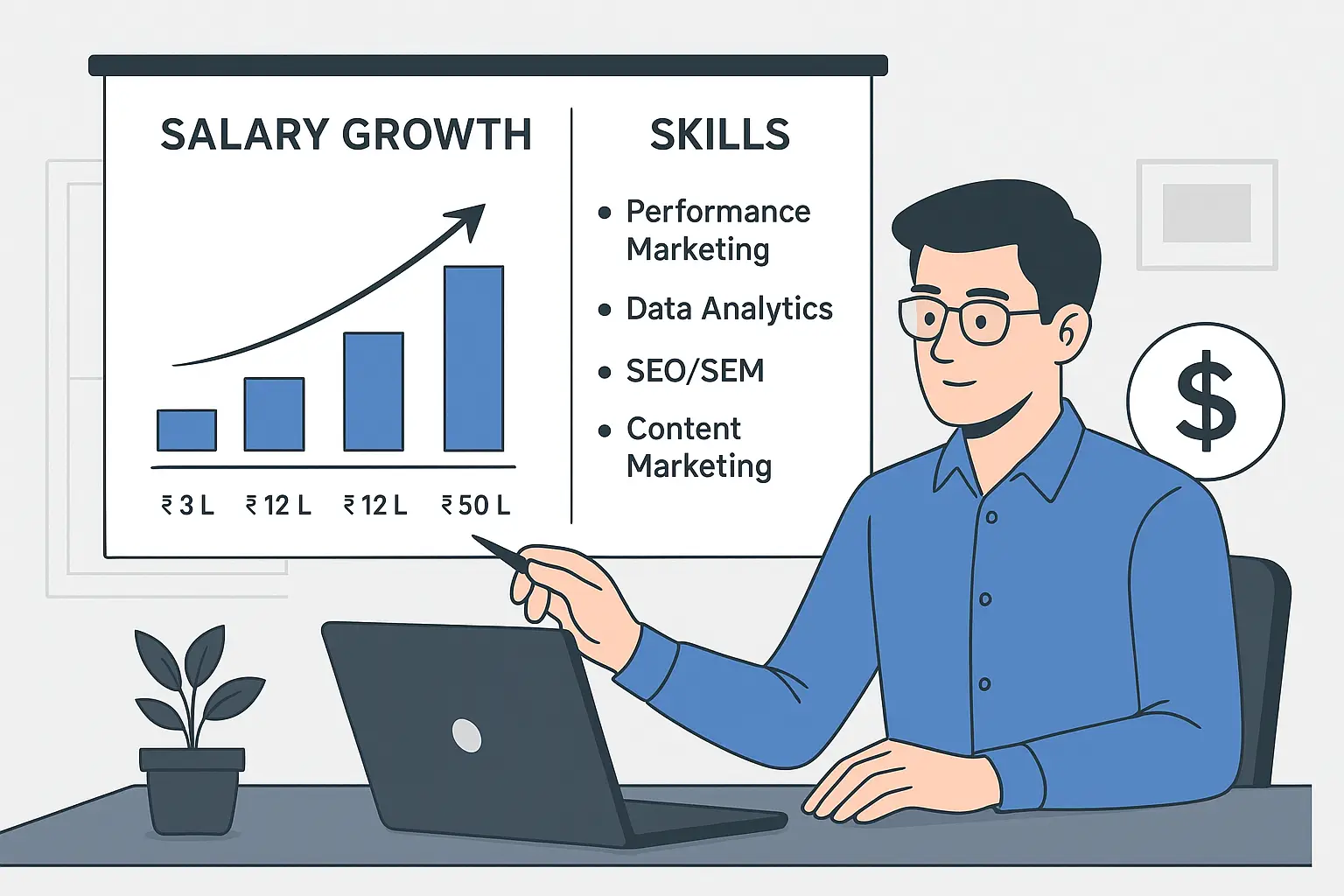The Persistent U.S. Labor Shortage: How Did We Get Here?

When the COVID-19 pandemic first rocked the labor market, it disrupted supply chains, changed attitudes toward work, and prompted structural shifts. Five years later, the effects linger: demand for workers remains elevated, and the supply of available labor has not kept pace.
Labor Demand Still Strong
- As of January 2025, the ratio of unemployed workers to job openings was only about 0.9, meaning there are fewer unemployed people than open positions. SHRM
- Since early 2018, the U.S. labor market has often had more job vacancies than unemployed workers — a sign of chronic tightness. SHRM+1
- In April 2025, job openings outnumbered unemployed workers by about 5.5 million, reflecting persistent imbalance. SHRM
In short: employers are still competing aggressively for talent.
Why Is the Supply of Workers Falling Short?
Several interlocking factors help explain why the workforce cannot keep up:
- Demographic headwinds
The U.S. population is aging, and older workers are retiring at a faster rate than new entrants are replacing them. The Conference Board+1 Some estimates suggest that as many as 1.7 million workers are “missing” from the workforce compared to pre-pandemic projections. HR Executive - Skills mismatch & technical gaps
Many open roles now require new or advanced skills, especially in technical, digital, or hybrid domains. The mismatch between what many workers can do and what employers demand contributes to unfilled positions. SpringerOpen+2U.S. Chamber of Commerce+2 - Sectoral and work-style shifts
Industries that rely on in-person work — such as hospitality, food service, transportation — often see higher quit rates because workers are less willing to tolerate rigid schedules or demanding conditions. Shiftboard+2SHRM+2
Moreover, many workers have realigned their priorities since the pandemic, placing more emphasis on flexibility, meaningful work, and balance. HR Executive+2SHRM+2 - Barriers to participation
Some potential workers remain sidelined due to childcare constraints, health problems, geographic immobility, or regulatory disincentives (especially around tax and social welfare programs). The Conference Board
In combination, these factors mean that even when the economy is strong, employers cannot simply “hire their way out” of staffing shortages.

Not All Industries Are Equally Affected
- The healthcare sector is acutely strained. Projections suggest that, in coming years, the number of registered nurses entering the workforce will lag behind positions needing to be filled. acarasolutions.com+1
- The leisure and hospitality sector tends to drive some of the highest quit rates: at times, its monthly quit rate has reached about 4.1%. acarasolutions.com+1
- Sectors that require fully on-site staffing without flexibility tend to have greater retention and recruitment challenges. SHRM+1
Because the labor shortage is broad-based, employers can’t rely on industry-specific trends alone; they must adopt more systemic strategies.
Five Strategies Employers Can Deploy to Mitigate Labor Shortages
Below are five evidence-informed approaches that organizations can use (or refine) to reduce talent gaps, improve retention, and remain resilient.
1. Use Contingent Staffing Wisely
Contingent or contract-based workers can help organizations flexibly fill skill gaps without long-term commitments. According to some sources, 80% of employers already use contingent staffing in some form. acarasolutions.com
In practice, contingent labor is growing: 6.9 million U.S. workers (4.3% of the workforce) reported holding a contingent role as their main job in 2023. acarasolutions.com
Best practices when leveraging contingent staffing:
- Choose staffing vendors with strong vetting, training, and retention practices to ensure quality.
- Use contingent workers not just for low-skill roles, but to fill specialized gaps where internal resources are thin.
- Integrate contingent workers into workflows in ways that allow knowledge transfer to permanent employees.
- Monitor compliance, worker classification, and culture fit to avoid legal or engagement pitfalls.
Contingent staffing should be a supplement — not a core solution — but it offers agility in tight labor markets.
2. Offer Competitive Compensation & Benefits
In a market where candidates have leverage, compensation becomes a critical differentiator. Many employers are now raising wages, increasing sign-on bonuses, or offering richer benefit packages to attract talent. SHRM+2SHRM+2
Key levers to consider:
- Benchmark pay and total rewards against peer and industry standards.
- Incorporate non-wage benefits (healthcare, retirement, bonuses, equity) as part of an integrated package.
- Offer perks aligned with employee priorities (flexible schedules, wellness programs, mental health support).
- Explore creative incentives like retention bonuses, referral bonuses, or project-based rewards.
When compensation reflects value and respect for employees, attraction and retention improve.
3. Upskill & Reskill Your Current Workforce
Because external hiring is increasingly difficult, developing internal talent is arguably one of the most sustainable strategies.
- Reports note an “urgent need” for upskilling as shortages persist, especially when new technologies change job requirements. HR Executive
- The U.S. Chamber of Commerce urges employers to double down on reskilling and upskilling to remain competitive. U.S. Chamber of Commerce
- Career development is increasingly viewed as essential to employee retention in tight markets. ncda.org
Actionable steps:
- Map internal and external role trajectories to identify transferable skills.
- Launch training programs (in-house or in partnership with external providers) focused on high-demand skills.
- Encourage cross-training and job rotation to broaden worker versatility.
- Provide clear career paths and development plans to increase retention and motivation.
By investing in existing employees, you reduce dependency on external hires and build organizational agility.
4. Give Employees a Voice & Strengthen Engagement
Modern workers increasingly expect to be heard, to contribute to organizational direction, and to see their feedback influence decisions.
- Companies that solicit employee feedback (e.g. via surveys or open forums) and act on it tend to build greater trust and loyalty.
- Organizations that cultivate psychological safety — where employees feel comfortable speaking up — tend to reduce turnover and maintain morale.
- A strong culture of inclusion, recognition, and responsiveness can differentiate you as an employer of choice.
When employees feel respected and valued, they’re more likely to stay and to become advocates, reducing the pressure to constantly recruit new people.
5. Prioritize Work–Life Balance and Flexibility
One of the clearest lessons from the post-pandemic era is that employees highly value flexibility and balance.
- A study of turnovers in skilled labor found that 25% of voluntary departures cited better benefits and work-life balance as top reasons. nkba.org
- Yet only 7% of businesses in that study reported actively addressing work-life balance in their retention strategies. nkba.org
Strategies to enhance balance:
- Offer remote, hybrid, or flexible scheduling options (where roles permit).
- Allow compressed workweeks, flexible start/end times, or job-sharing arrangements.
- Provide tools and resources to better manage workloads and prevent burnout (e.g. mental health benefits, wellness initiatives, paid leave).
- Encourage leaders to model balanced behavior (e.g. respecting off-hours, using vacation time).
Flexibility signals that you trust your employees and care about their lives outside work. That can go a long way in retaining them.

Conclusion & Takeaways
The U.S. labor shortage is not a temporary blip — it’s a structural challenge exacerbated by demographics, shifting work preferences, skills mismatches, and strong demand. Even though the COVID-19 shock was years ago, many of its reverberations persist.
For employers, that means relying solely on traditional recruiting strategies is no longer sufficient. The organizations that thrive will be those that:
- Blend short-term flexibility (e.g. contingent talent) with long-term development (upskilling),
- Offer rewards that reflect real value (compensation + benefits + flexibility),
- Cultivate trust by listening and responding to employees, and
- Recognize that life outside work matters.

Book A Demo with Ashley







